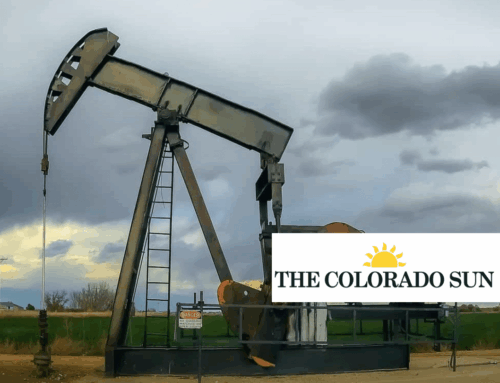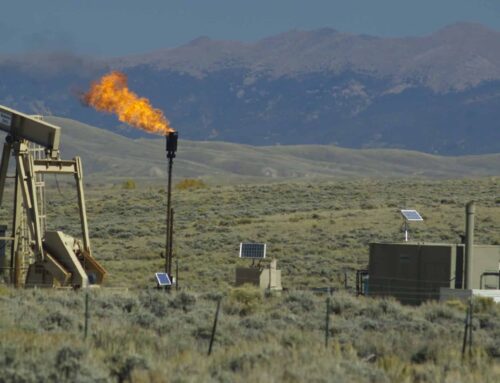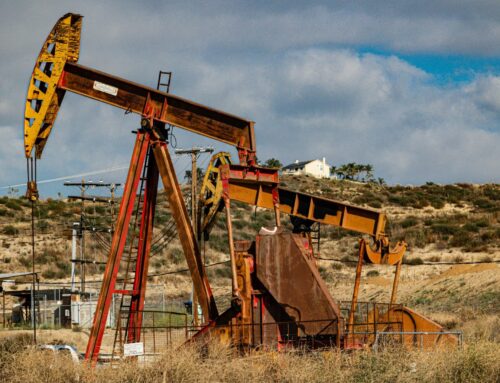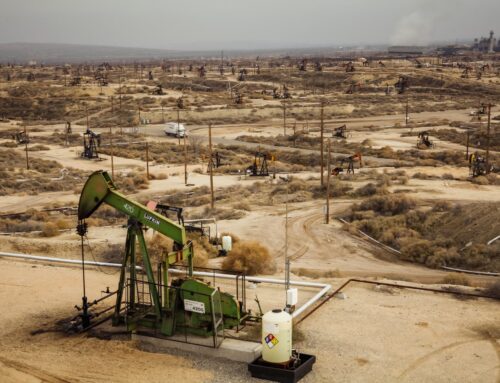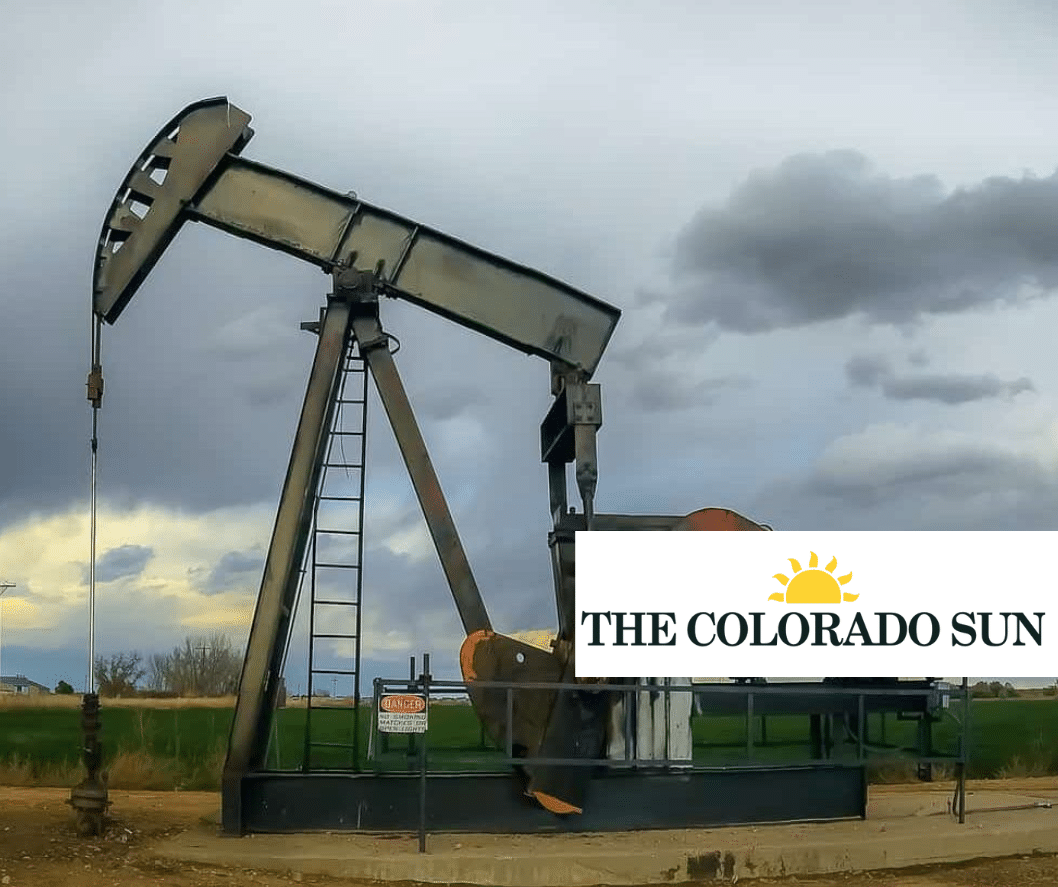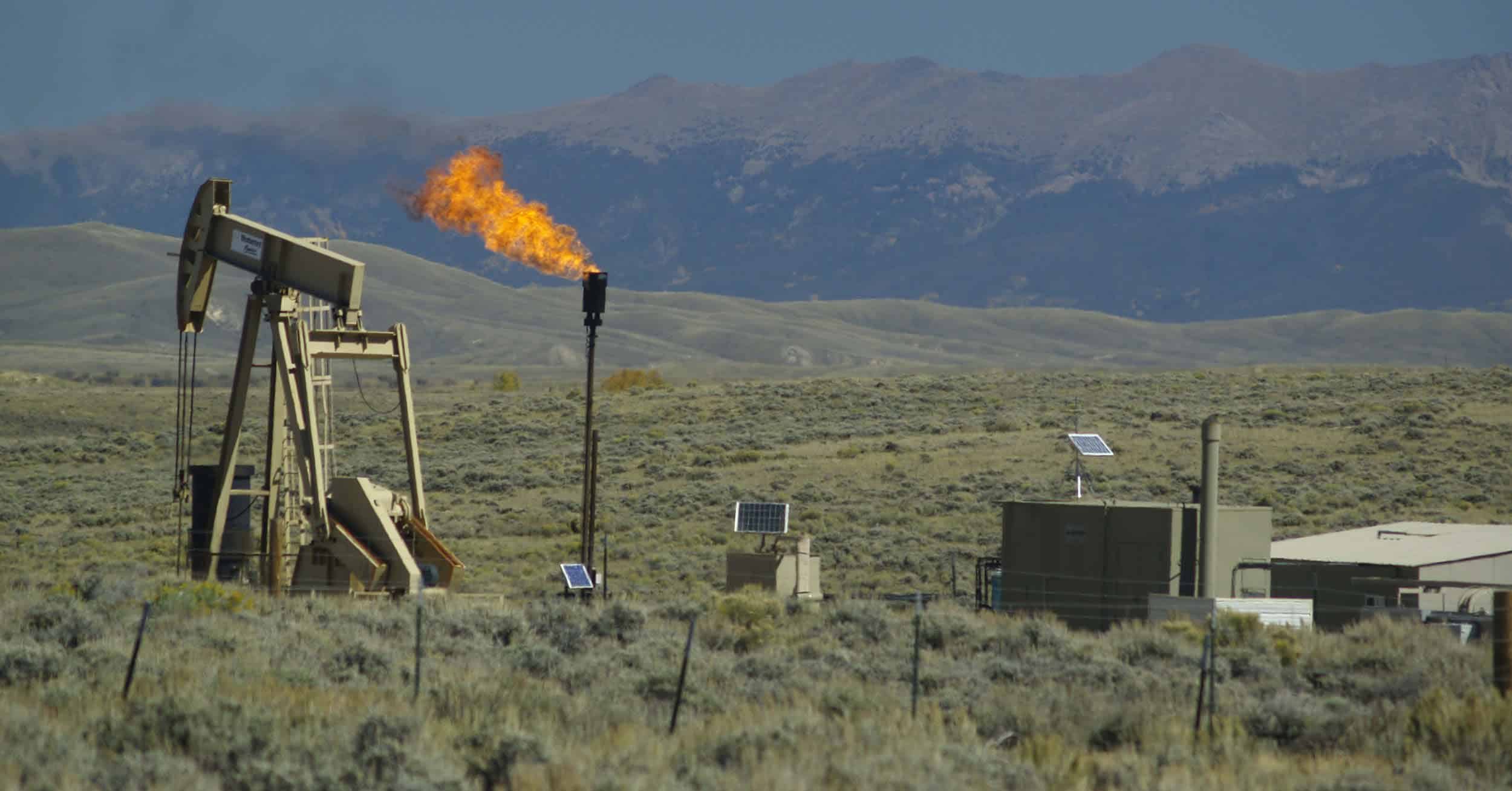View/Download this article in PDF format.
The Bureau of Land Management (BLM) is expected to release its Wind and Solar Leasing Rule in the next few weeks.[1] The rule would create a system for competitive solar and wind energy development on federal lands in order to capture a fair market value (FMV) for taxpayers. Revenues from royalties collected from natural resource development on public lands and waters represent an important source of non-tax income for the federal government. Ensuring that taxpayers are receiving a fair return through the fair assessment and accurate collection of royalties has been a guiding principle for Taxpayers for Common Sense (TCS) for more than 20 years.
Context
Other federal energy programs have more robust elements to ensure taxpayers are receiving a fair return than the programs for wind and solar projects. For example, other programs are: authorized in statute, permitted with a leasing rather than a right-of-way system (except hydropower), provide for competitive leasing, and include royalty authority (except hydropower). The concept of establishing and receiving a fair return for private development of public lands is not new. Existing statutes and regulations that govern the use of public lands expressly require that the government receive “fair market value” (FMV) or a “fair return” for their use or development.[2]
Typically, the BLM collects the majority of revenues by charging a royalty per unit of commodity produced. This is also the case for energy development on private lands. Oil and gas leases are subject to royalty fees of 12.5 percent for onshore leases and 18.75 percent for offshore. All federal coal leases pay an 8 percent royalty payment for underground mines and 12.5 percent for above ground. Although commercial wind and solar development will not extract a resource from the federal lands in the same sense that removing a mineral does, it will use resources such as advantageous location, terrain, and an abundance of wind and solar energy.
Because legislation has not been enacted to establish either a wind or solar energy development program on federal lands, agencies do not have the authority to charge a royalty for commercial development of wind and solar resources on public lands. The BLM has tried to use rental rates as a workaround in order to take into account the project developer’s ability to produce power. Similarly, the BLM now processes wind and solar projects as rights of way (ROW) authorizations, originally meant to authorize the use of a specific piece of public land for a road, pipeline, or a ditch. ROW authorizations are processed as applications that are first-come-first-served. Competition only occurs if two parties file applications for the same parcel of land.
Proposed Rule
The proposed rule attempts to correct these problems while staying within the BLM’s existing authority. Instead of the application process, the proposed rule would allow BLM to offer parcels of public land of its choosing for competitive bidding. It also creates a megawatt (MW) capacity fee in order to “capture the increased value of a solar or wind energy project on the public lands above the rural land value captured by the acreage rent.” This fee is based on a formula that includes the approved project MW, average wholesale energy prices, the federal rate of return per a 20-year treasury bond, and the project’s capacity factor, which is 20 percent for solar photovoltaic, 25 percent for concentrated solar power, 30 percent for concentrated solar power plus storage, and 35 percent for wind.
The proposed rule attempts to expedite development in specific areas with less potential conflicts and better access to transmission networks, which it calls Designated Leasing Areas (DLAs). To encourage development in the DLAs, such as the Solar Energy Zones identified in the Solar Programmatic Environmental Impact Statement, the proposed rule frontload the substantial environmental analysis required under the National Environmental Policy Act, saving developers time and money. It would also create greater certainty and lower costs for development within the DLAs. The BLM would automatically issue a lease to the winning bidder inside a DLA, but it would require the winning bidder outside of a DLA to still apply for a ROW, which it could deny. Projects inside DLAs could also qualify for an “offset,” or reduction in price, worth up to 20 percent of the bid for things such as having pre-arranged financing or interconnection agreements. The MW capacity would phase in more quickly for projects outside a DLA, just 3 years compared to 10 years for projects within a DLA.
Other costs would also be lower and more predictable for projects inside DLAs. For example, the bonding requirement would be fixed for projects inside DLAs, but that same fixed price would be a minimum requirement for projects outside DLAs. BLM could also alter bonding requirements for projects outside DLAs, even during the lease term. Acreage-based rents would increase only every 10 years for projects inside DLAs, but would increase annually for projects outside DLAs. Finally, the capacity-based fee would phase in over 10 years for projects inside DLAs, but over 3 years for projects outside DLAs, meaning the latter projects would face higher costs more quickly. BLM intends all these differences to direct investment in renewable energy on public lands to the most suitable areas.
Assessment
TCS supports the proposed rule. The creation of a competitive leasing system and a more dynamic MW capacity fee similar to a royalty are positive and critical steps BLM can take within its authority to ensure a fair return to taxpayers from the development of wind and solar energy on public lands. Competitive offering appropriately shifts the risk burden from taxpayers onto the economic interests of those who stand to profit from access to the resource in question. The most efficient method of capturing a fair return for taxpayers is a charge per unit of power produced. Absent the authority to charge an ad valorem royalty to capture the increased value of a solar or wind energy project, agencies have used rental rates in an attempt to take into account the project developer’s ability to produce power as a means to ensure a fair return.
[1] Proposed rule can be accessed here: https://www.federalregister.gov/articles/2014/09/30/2014-23089/competitive-processes-terms-and-conditions-for-leasing-public-lands-for-solar-and-wind-energy
[2] For example, the Federal Land Policy and Management Act (FLPMA), which governs the use of the extensive lands managed by the BLM, states that the United States is to receive FMV for the use of the public lands and resources unless otherwise provided by statute.


